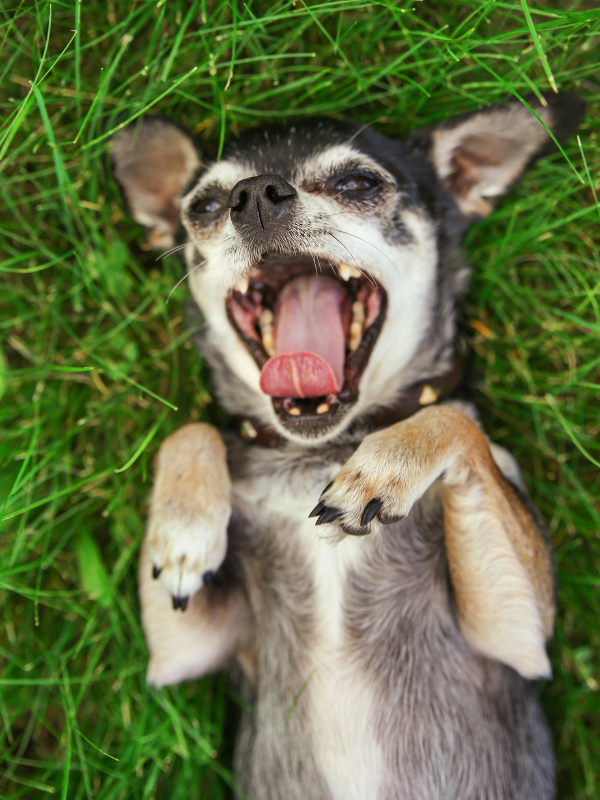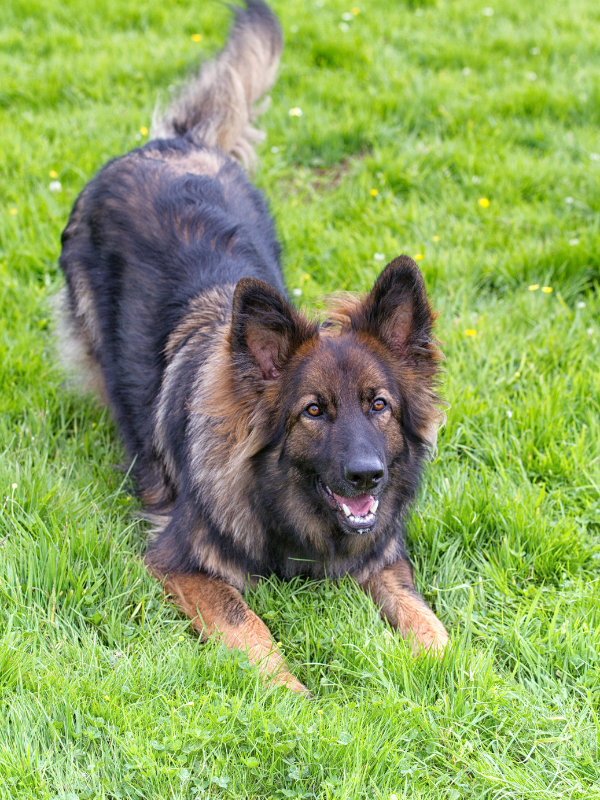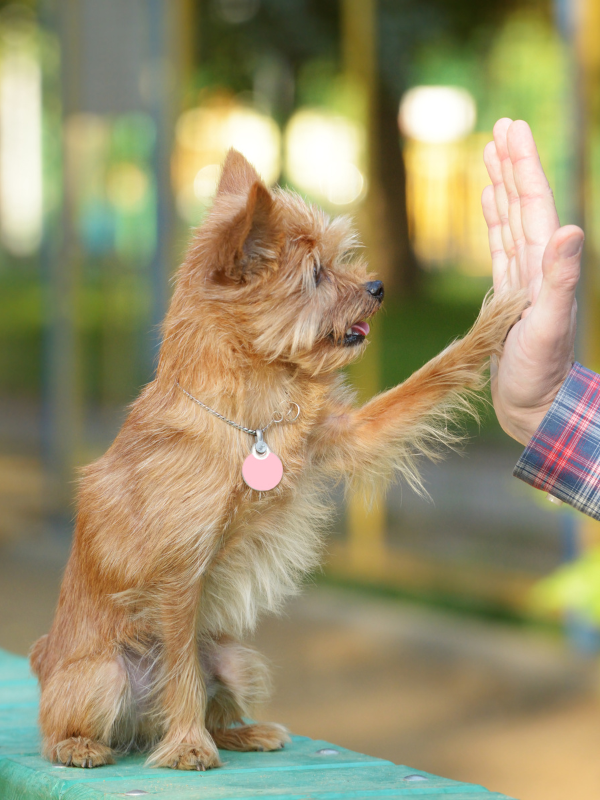737-215-3211

Tricks to Teach Your Dog for Impressive Performances: The Ultimate Canine Coaching Guide
Every dog owner adores that proud moment when their four-legged friend learns a new trick. Not only are these tricks amusing and entertaining, but they also significantly enhance the dog-human bond.
Why Teach Your Dog Tricks?
Building a Strong Bond
The process of teaching your dog new tricks helps to build a stronger bond between the two of you. It provides an opportunity for interaction, communication, and mutual understanding. When you're involved in your pet's learning process, you get to understand their strengths, weaknesses, likes, and dislikes, thereby creating a strong relationship.
Boosting Your Dog's Confidence
Did you know that teaching your dog tricks boosts their confidence? Yes, every time they learn and successfully perform a new trick, they gain a sense of accomplishment. This confidence boost translates into other aspects of their life, making them more comfortable in new environments or situations.
Mental and Physical Stimulation
Training sessions are a form of workout for your dog’s brain. Learning new tricks stimulates their brain, challenges their mind, and keeps them mentally fit. Additionally, many tricks involve physical movements that provide a good exercise for their body, promoting overall health.
Entertainment and Fun
Teaching tricks to your dog is not only beneficial but also entertaining. It can turn a dull day into a fun one. Seeing your dog performing the tricks you've taught them can bring a sense of fulfillment and happiness, providing a source of joy for both you and your furry friend.
Essential Tools for Training Your Dog
Clickers for Training
A clicker is an effective training tool that uses sound to communicate with your dog. It emits a click sound that signifies a reward, making it a powerful tool for reinforcing good behavior.
Treats for Motivation
Treats are essential in training as they act as motivation for your dog. They provide an incentive for them to perform the trick correctly.
Training Leads
Training leads or leashes can guide your dog and help manage their movements during training sessions. They're especially useful for outdoor training or in areas with many distractions.
Basics of Dog Training
Establishing a Communication Channel
Before you delve into teaching tricks, it's crucial to establish a solid communication channel with your dog. They need to understand when you're praising them or when you're instructing them to do something.
Positive Reinforcement: Key to Learning
Positive reinforcement, such as rewarding your dog when they perform a trick correctly, is key to successful learning.
Consistency and Patience in Training
Consistency in commands and rewards, coupled with patience, will make the training sessions fruitful. your dog to shake hands, or rather paws, is one of the first tricks most dog owners teach their dogs. It's simple, adorable, and always gets a smile from those who witness it. Plus, it's the perfect gateway to more advanced tricks.
Top Tricks to Teach Your Dog for Impressive Performances
Handshaking Paw-fection
Teaching your dog to shake hands, or rather paws, is one of the first tricks most dog owners teach their dogs. It's simple, adorable, and always gets a smile from those who witness it. Plus, it's the perfect gateway to more advanced tricks.
The Classic 'Sit Pretty'
The 'sit pretty' or 'beg' trick is not only adorable but also a great workout for your dog's core muscles. This trick requires them to sit back on their haunches and lift their front paws off the ground, almost like they're begging for a treat.
'Roll Over' Routines
The 'roll over' trick is a crowd-pleaser and a fun trick to teach your dog. While it may require a bit more patience, the result is an entertaining and impressive trick that can be part of a more complex routine.
'Fetch' and 'Catch'
The 'fetch' and 'catch' tricks are great ways to exercise your dog and engage them in a fun activity. These tricks can also be the foundation for teaching more advanced tricks and routines.
Impressive 'Play Dead'
While it might sound a bit morbid, the 'play dead' trick always gets a laugh. With a dramatic "bang" command, your dog will fall to the ground and play dead, only to jump up full of life moments later.
Advanced Tricks for a Stellar Performance
The Charming 'Bow'
In this trick, your dog will learn to bow down on their front legs while keeping their back end up, almost like they're taking a bow after a performance.
The Dynamic 'Spin and Twirl'
The 'spin and twirl' trick can make your dog look like a seasoned performer. They'll learn to spin around on their hind legs, which is not only impressive but also a good workout.
The Entertaining 'Speak and Whisper'
The 'speak' and 'whisper' tricks involve teaching your dog to bark on command and then to bark softly, like they're whispering. This trick requires patience and timing, but it's sure to be a hit.
The Amusing 'Hide and Seek'
Hide and seek is not just a game for children. You can teach your dog to play this fun game. It will not only entertain you but also provide mental stimulation for your dog.
Creating a Spectacular Dog Performance Routine
After mastering the tricks, it's time to combine them into a spectacular routine. This involves sequencing the tricks, incorporating rewards, and practicing until the routine becomes fluid.
Common Mistakes to Avoid in Dog Training
There are several common mistakes that dog owners make during training. These include inconsistency, lack of patience, and negative reinforcement. Avoiding these pitfalls will ensure a more successful training process.
Keeping Your Dog Motivated for Training
Keeping your dog motivated for training is crucial. This can be achieved through regular rewards, mixing up the tricks to keep things interesting, and maintaining a positive attitude.
The Impact of Training on Your Dog's Health and Well-being
Regular training is beneficial for your dog's health and well-being. It provides physical exercise, mental stimulation, and strengthens the bond between you and your dog.
Conclusion: Making Impressive Performances a Reality
Teaching your dog tricks for impressive performances is a journey that involves patience, consistency, and a lot of love. With the right approach, it's possible to turn your furry friend into a star performer.
FAQs
1. Can all dogs learn tricks for impressive performances?
Yes, all dogs can learn tricks. The breed or size doesn't matter as much as patience, consistency, and positive reinforcement in the training process.
2. How long does it take to teach a dog a new trick?
The time it takes to teach a new trick varies based on the trick's complexity, the dog's learning pace, and the training frequency.
3. Is it ever too late to teach an old dog new tricks?
No, it's never too late to teach an old dog new tricks. Older dogs might take a bit longer to learn, but with patience and consistency, they can certainly master new tricks.
4. Can I train my dog without professional help?
Yes, you can train your dog at home without professional help. However, if you're struggling with certain tricks or facing behavioral issues, it might be beneficial to seek professional assistance.
5. How often should I train my dog?
You should aim to train your dog daily, but even short training sessions a few times a week can be effective.
6. Is it okay to reward my dog with treats every time they perform a trick correctly?
Yes, treats are a form of positive reinforcement. However, remember to balance the number of treats with your dog's regular diet to maintain a healthy weight.





Leave a comment